Are Moustached Parakeets Loud?
If you are considering getting a Moustached Parakeet as a pet, you may be wondering if they are loud. The answer is yes, Moustached Parakeets can be quite noisy, especially during their breeding season. This bird has a deafening warning call when danger approaches, and they also make a variety of other sounds, including chirps, squawks, and whistles.
While Moustached Parakeets are not as loud as some other parakeet species, they can still be heard from a distance. However, their noise level can be reduced with proper training and socialization. Additionally, providing your bird with plenty of toys and activities can help keep them entertained and prevent excessive vocalization.
Environment and Behavior
In the Wild
Moustached parakeets, also known as bearded parakeets or Moustache parrots, are native to the woodland areas of Southeast Asia, including countries like Myanmar, Thailand, Malaysia, and Indonesia. These medium-sized parakeets are social birds and are often found in flocks, ranging from small groups to larger communal roosts.
One notable behavior of moustached parakeets is their role as sentinels. They have a keen sense of observation and act as lookouts for their flock. When one bird spots a potential threat, it will produce alarm calls or warning signals to alert the rest of the flock. These calls can be loud and distinct, helping other birds recognize the type and level of danger.
Apart from their sentinel behavior, moustached parakeets are known for their vocalizations. They have a wide range of calls, making them quite noisy in their natural habitat. Their vocal repertoire includes squawks, screeches, chatters, and various other high-pitched sounds. Males and females both vocalize, often engaging in vocal duets with each other.
These birds communicate through their calls for various reasons, including establishing territory, coordinating within the flock, or expressing excitement or distress. Their loud vocalizations can be heard over long distances, helping them maintain contact with other flock members even in dense foliage.
In Captivity
Moustached parakeets are known for their high level of intelligence. They are quick learners and can be taught to speak and imitate various sounds. This makes them popular companions for bird owners who enjoy interacting with their pets.
One of the advantages of having a moustached parakeet as a pet is that they tend to be less noisy compared to other parakeet species. However, this can vary depending on the individual bird’s personality and its environment.
If a moustached parakeet is kept alone, it may become more vocal in an effort to communicate with its owner. This is why it is generally recommended to provide them with companionship, either by keeping multiple parakeets together or by spending enough time interacting with a single bird.
When housed in a group, moustached parakeets may produce less noise as they have other birds to socialize with. They can form strong bonds with their fellow parakeets and engage in playful interactions.
Training to Control Noise Level
The first step in training moustached parakeets to control their noise level is to understand the reason behind their vocalization. Parrots are highly social creatures and use vocalization as a means of communication. They might be calling out for attention, expressing their excitement, or simply engaging in vocal play. Once owners understand the underlying reasons, they can effectively redirect the parakeet’s behavior.
Positive reinforcement is a crucial aspect of training moustached parakeets. When the parakeet behaves calmly and quiets down, owners should reward them with treats or verbal praise. This will not only reinforce the desired behavior but also create a positive association with quietness in their minds. Owners should avoid scolding or punishing the parakeet for being noisy, as this can create fear or anxiety, making the problem worse.
Creating a consistent daily routine for the parakeet can also help in controlling their noise level. This includes maintaining regular feeding times, playing with toys, solving puzzles, learning new tricks and keeping to sleep schedules. Parakeets thrive on routine and providing them with a structured environment can help them feel secure and reduce their vocalizations.
Owners can also try using white noise or music to mask the parakeet’s vocalizations, especially during specific times when noise might be more disruptive. This can help drown out the parakeet’s noise and create a more peaceful environment for all.
Training moustached parakeets to control their noise level requires patience, consistency, and a good understanding of their behavior. With proper training and positive reinforcement, owners can successfully manage their parakeet’s vocalizations, creating a harmonious living environment for both the bird and its human companions.
If you are thinking about getting a moustached parakeet as a companion, it is crucial to set up a spacious cage or aviary filled with ample toys and perches. It is also necessary to allocate several hours every day for supervised playtime outside of their enclosure. By creating an engaging setting and giving them sufficient attention, you can contribute to the contentment and reduced noise of your moustached parakeet.
Read Next: Can Red Breasted Parakeets Talk?
Conclusion
The noise level of Moustached Parakeets can vary depending on various factors such as their mood, environment, and individual personality. While they are generally considered to be relatively quiet compared to other parakeets, they can still make noise and become loud at times.
It is important to note that Moustached Parakeets are social birds and need interaction and attention from their owners. Neglecting their needs can lead to behavioral problems such as excessive noise-making.

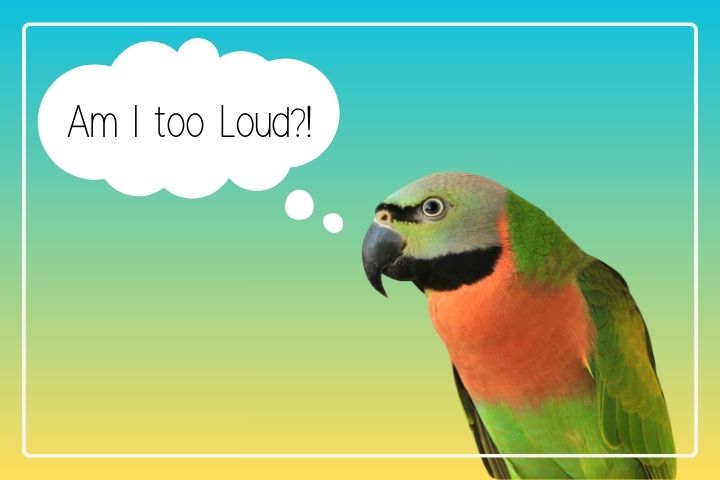

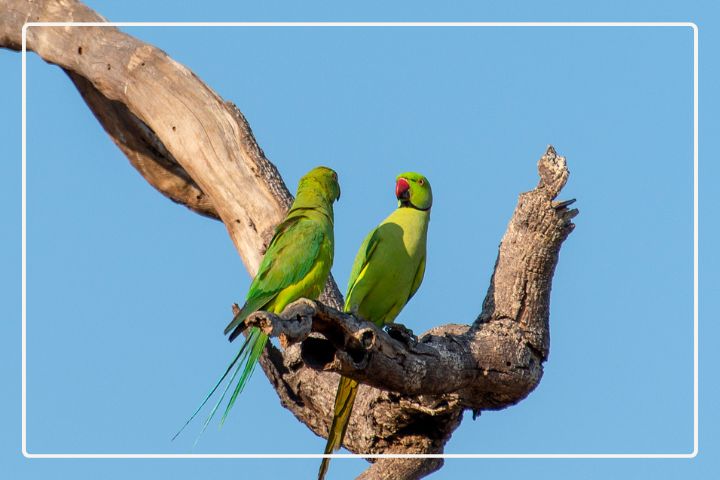
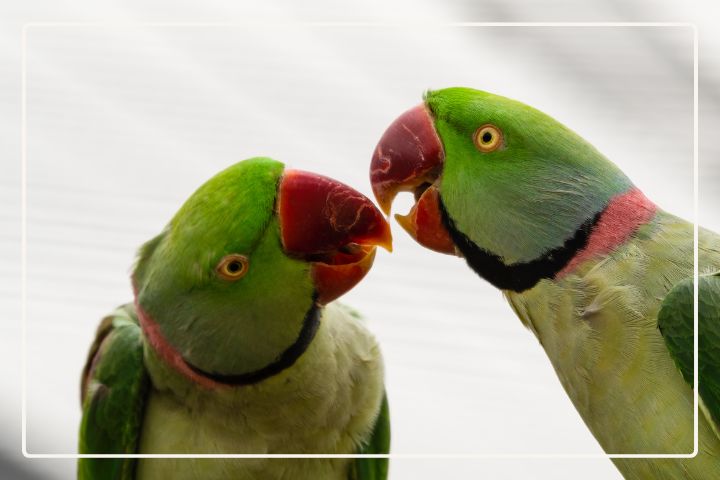
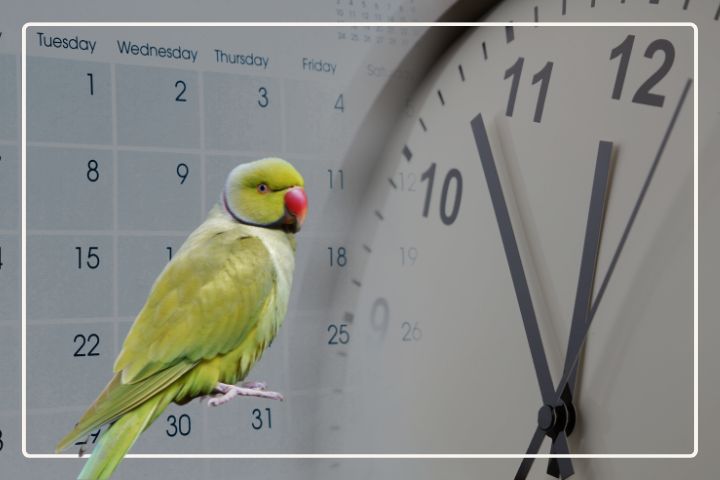
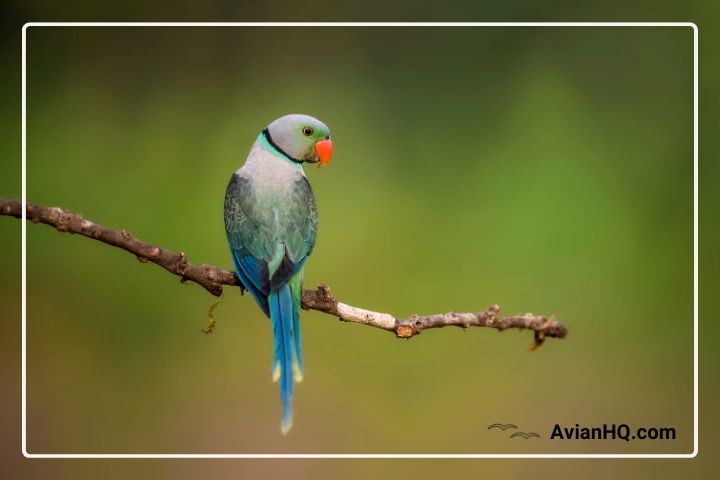
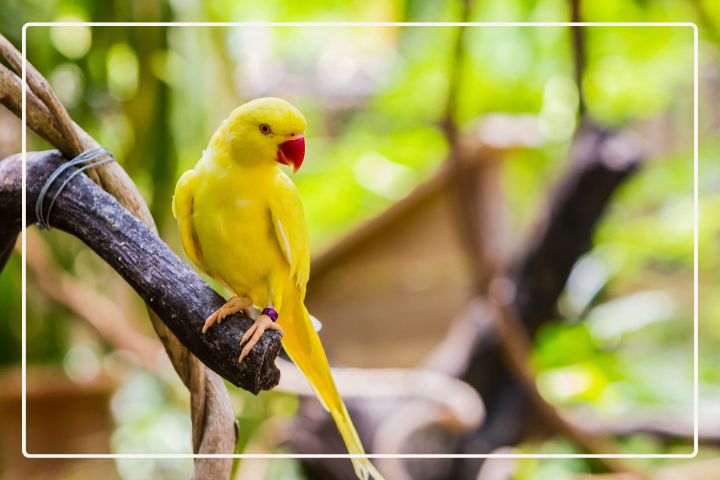
Hello my loved one! I wish to say that this post is awesome, nice written and include almost all vital infos. I’d like to see extra posts like this .